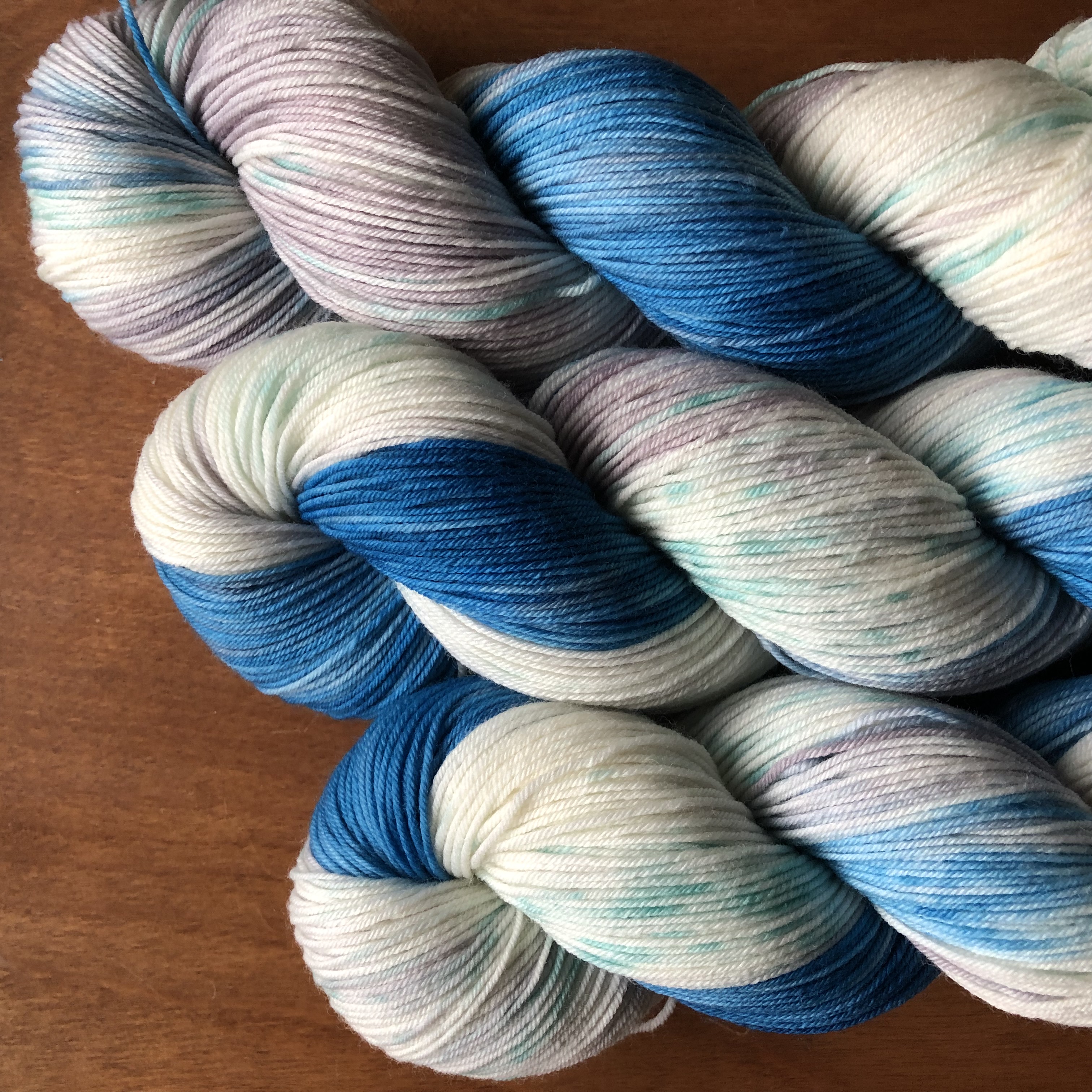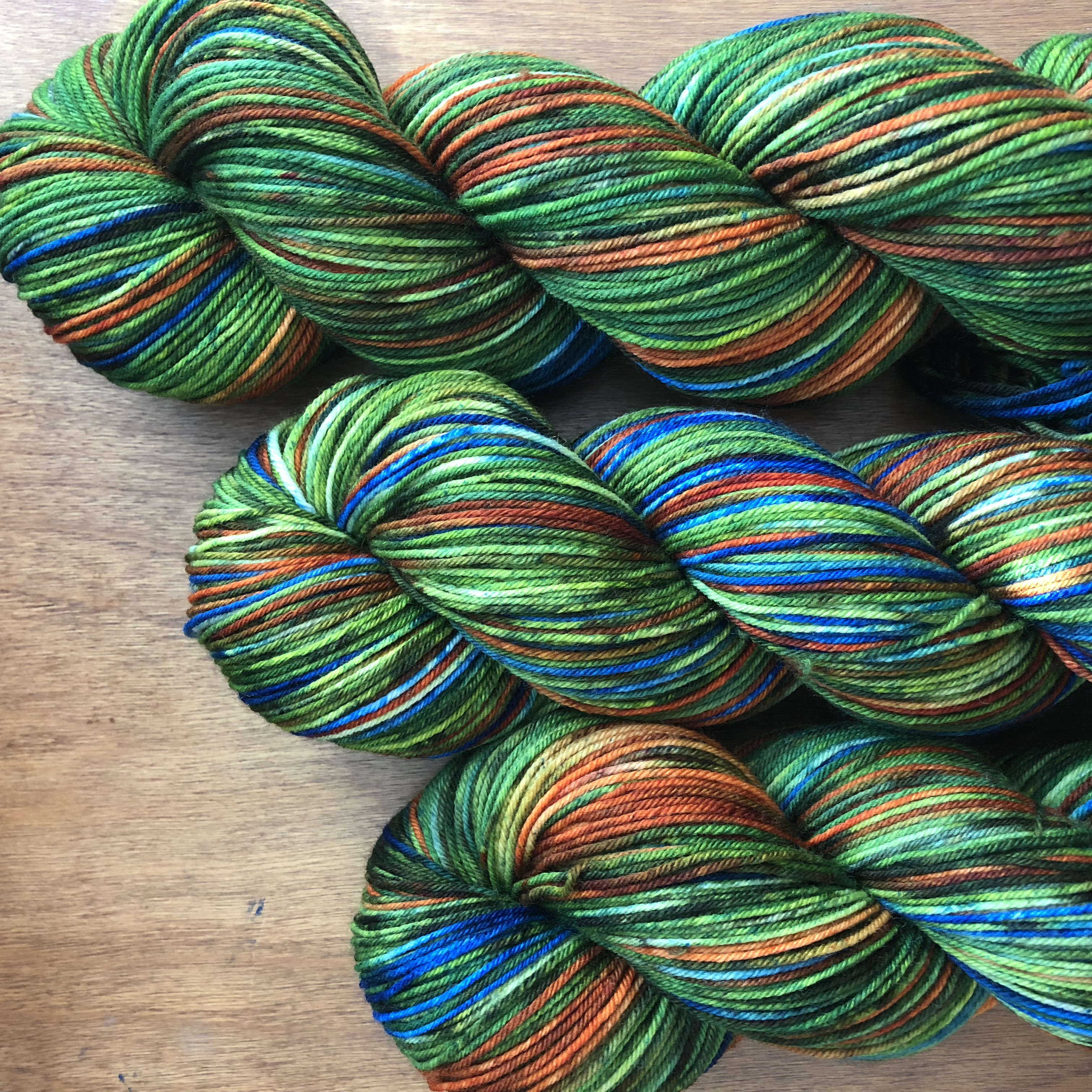This month in HerStory, we’re delving into the engineering aspect of STEM. Our December recipient, and “Queen of the Curve,” Zaha Hadid, was born in Baghdad, Iraq in October 1950. Her father was an industrialist and a leftist activist, and her mother was an artist. Hadid studied mathematics at the American University of Beirut, and then went on to London to study architecture at the Architectural Association School of Architecture. She studied under such revolutionary architects as Koolhaus, Zenghelis, and Tschumi, and blew their minds with her waaaay out of the box approach to design. Zenghelis noted that they “called her the inventor of 89 degrees. Nothing was ever at 90 degrees.” (The desire to build without resorting to a 90 degree angle was, in fact, the driving architectural philosophy throughout her career). She worked for former professors Koolhaus and Zenghelis for a couple of years after graduation, after which she started her own firm and continued to bend the rules of architecture.
For a while, it seemed that Zaha Hadid was the most radical and remarkable architect that couldn’t actually get anything built. She wowed her colleagues and blew the minds of her students with über-ambitious-yet-unrealized projects, but was frustrated that, even with all of the praise, contracts were often awarded instead to “safer” architects and projects. Finally, in 1991, Swiss furniture firm Vitra contracted with Hadid to design a fire station on their campus. The resulting building was spectacular (and, before ground was even broken on it, was featured in architectural journals for its brazenness and uniqueness). All raw concrete and glass, it housed the fire company’s fire department for a short period of time before being given over to an exhibit and event space. This project broke the dam, and Hadid’s designs finally began to cross from the theoretical to the physical, and her visions began to be made into reality.
Hadid existed in a world that didn’t fully understand her art. Even after she began be to awarded contracts, her work was always at least a little bit controversial; that controversy lay in the sheer audacity of what she created. Her buildings were so far from the norm that they made some folks uncomfortable. In a NYT article in 2016, Michael Kimmeman stated that “…her buildings elevated uncertainty to an art, conveyed in the odd way one entered and moved through the(m) and in the questions that her structures raised about how they were supported…” In short, her work made people uncomfortable, and because of that discomfort, she (and her work) received some hefty criticism, even as she was lauded for her refusal to fit neatly into the box of traditional architecture.
In 2004, Zaha Hadid was the first woman to win the prestigious Pritzker Prize, the architectural equivalent of the Pulitzer Prize. This occurred smack-dab in the center of a long list of prizes and awards she won, such as being made a dame by Elizabeth II for services to architecture in 2012, and winning the Sterling Prize (Britain’s most prestigious architecture honor) in 2010 and 2011. Even though she experienced a lot of “first woman to”‘s, Hadid did not consider herself to be a feminist icon, and preferred to be thought of as an architect, as opposed to a “female architect”. Although, in one interview, she grudgingly conceded that “if it helps younger people to know they can break through the glass ceiling, I don’t mind that (being referred to as a female role model).”
A bout with bronchitis in 2016 that turned bad resulted in the way-too-early death of Zaha Hadid. She had a heart attack at the age of 65. Her work continues, as some projects she had begun are still in progress, and her firm is still in existence. And the influences of her work can be seen in the world around us; think about Zaha Hadid whenever you see a building that curves and bends and seems to say “oh hell no” to right angles, think of her.










